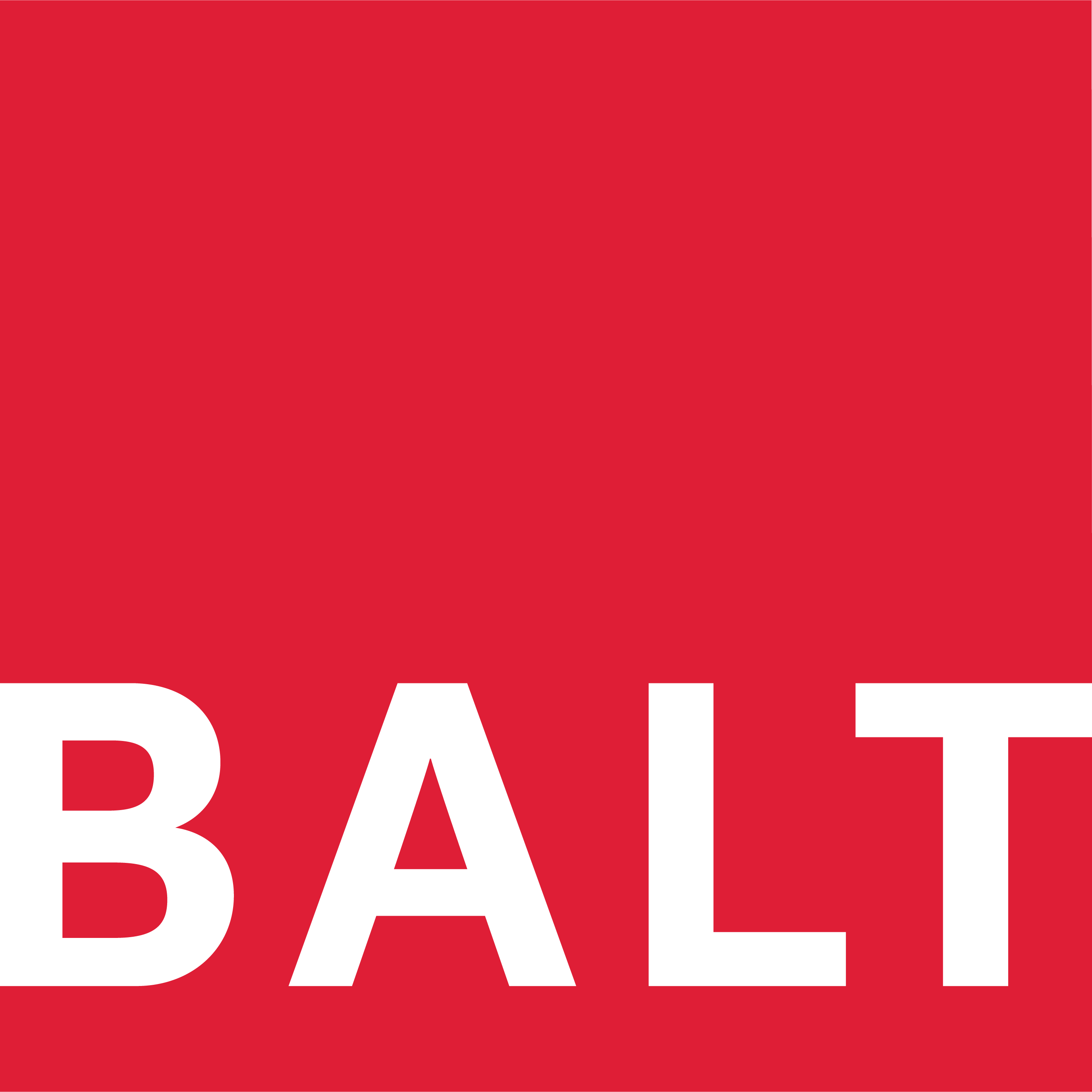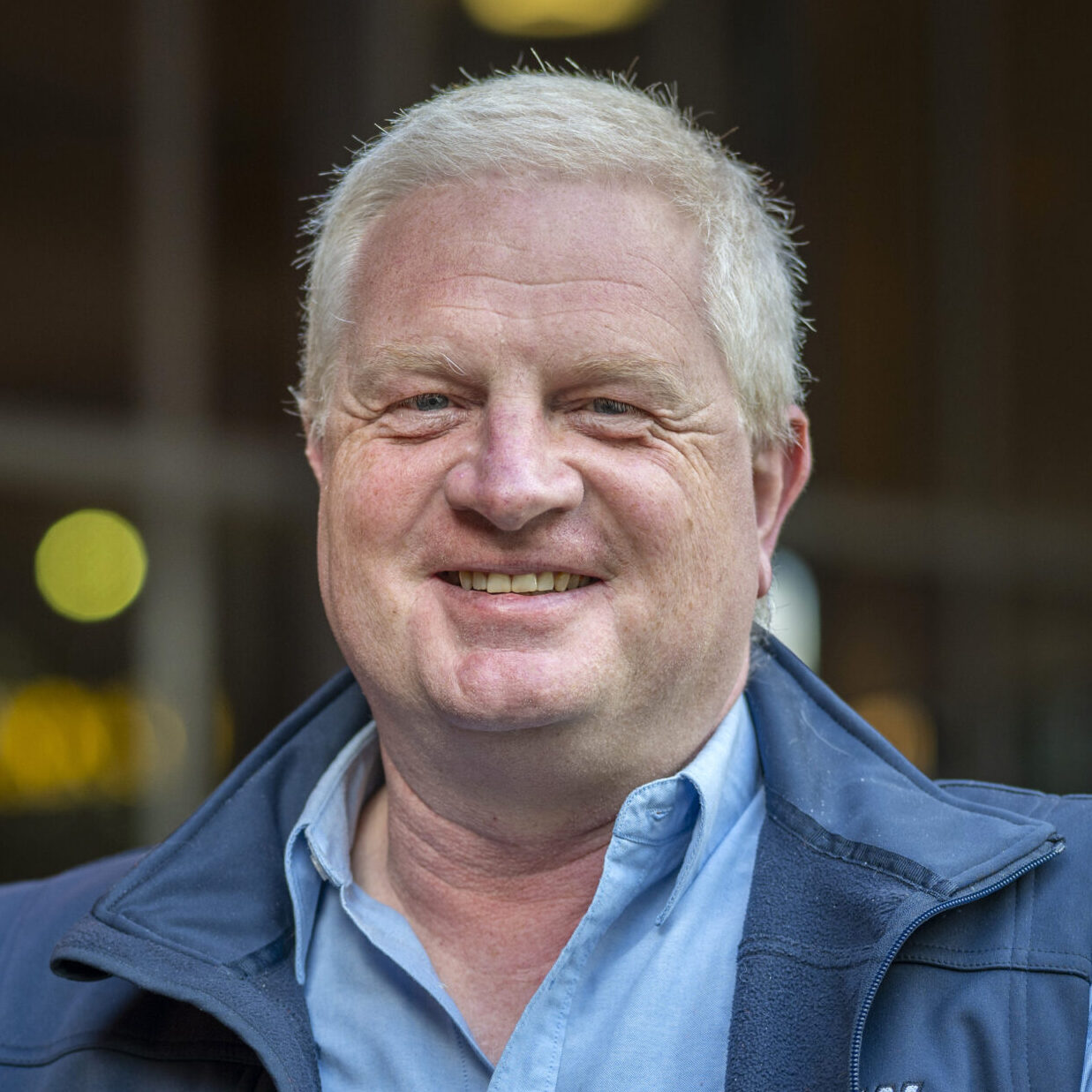These common problem solving tools can be applied to identify root causes and generate ideas for increasing resource efficiency.
Fishbone (Ishikawa) Diagram
The Fishbone (or Ishikawa) Diagram, is a cause and effect diagram, which helps to guide brainstorming. It is a useful technique for laying out the possible causes of a problem. The problem is defined clearly and stated simply, in a box on the diagram. Brainstorming generates possible causes of the problem. These causes are noted on the diagram as branches, or rib bones of the ‘fish’. The aim is to map all possible causes before making any judgements about the most likely cause.
Five Whys
When developing a fishbone diagram it is important to get to the ‘root’ of each cause identified. We do this by asking, “why?” until we have identified what we think is the major cause, which is typically around five times. For example:
Why did we have to send 500kg of product to landfill?
Because the customer rejected it
Why was it rejected?
Because it did not pass food safety testing on arrival
Why did it fail safety tests?
Because the packaging had not sealed properly
Why didn’t we notice that the packaging wasn’t sealed properly?
Because we only did a visual check and it wasn’t visible
Why didn’t we do a physical check?
Because we didn’t have time and we didn’t know how to
Actions to address the root cause could include training, automated detection and Just-in-Time process improvements to prevent rushing.
Brainstorming
Brainstorming is a group ‘idea generation’ method. The aim is to get as many ideas as possible from the group, with everyone contributing and no-one dominating the process. It is most effective with groups of up to 12 people.
Storyboarding is a structured process, which enables a small team of participants to explore a topic and arrive at a consensus view on a course of action or a set of conclusions. The process uses sticky notes as the principal means of collecting, sorting and editing ideas.
A typical storyboarding session lasts three to four hours and involves two phases:
- A brainstorming phase, generating many ideas without evaluation, and
- An editing phase, where each idea is discussed and evaluated.
These phases separate creative thinking from critical thinking.
DMAIC
DMAIC (pronounced “d’may-ic”) is a systematic improvement methodology developed by W. Edward Demings.
DMAIC is a five-step process. The name DMAIC is derived from the first letter in each step, as follows:
Define the problem
Measure the process and collect data to better understand the problem
Analyse the problem to identify the root causes
Improve the process and measure the effect
Control the improved process to prevent recurrence
Each step must be completed thoroughly and in sequence before moving on to the next.
DMAIC incorporates problem solving tools presented here, including fishbone diagrams and five-whys, to analyse the problem and develop solutions.
The DMAIC process can be applied by individuals, work teams or special purpose teams.
The process is simple and effective. It is useful for all levels in an organisation from senior management to front line staff.
A3 Problem Solving
The A3 Problem Solving method builds on the DMAIC process.
The outcomes of each stage of the DMAIC process are summarised on an A3 sheet of paper.
An A3 Problem Solving template is available for download on our resources page.
Ideally, you should customise this template to suit your specific needs.
The A3 template includes boxes or sections to capture the following information:
- Project name, date and name of person who wrote up the A3
- A definition of the problem
- Measurements made and other data collected
- Outcomes of the analysis of the problem
- An improvement plan showing actions to be taken, person responsible and due date
- Control measures that have been put in place to prevent the problem from recurring
A completed A3 provides a clear and concise report on how a problem was solved. It is developed progressively through the course of a project. After the project has concluded, others can go back to the A3 to quickly understand what the problem was, how it was solved and what was learnt.























